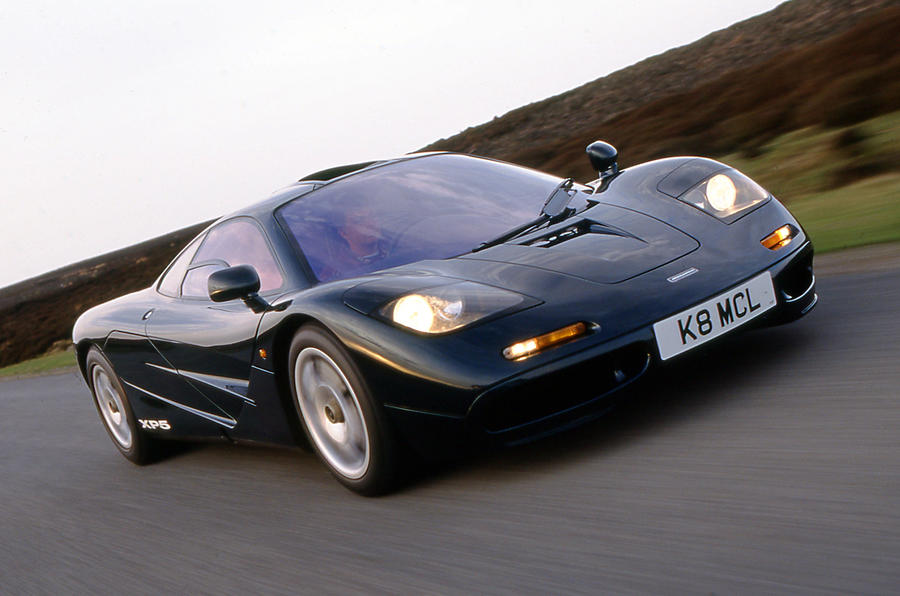The McLaren F1 has a fuel tank which takes 90 litres of 98 octane super-unleaded and, depending on whether you thrash the car hard across moorland roads or gently trundle down the motorway in sixth, it will return anywhere between 9mpg and 23mpg.
We did quite a lot of both, resulting in an overall test consumption of 15.2mpg, which we geared as an excellent result for a car of the McLaren’s performance. It was achieved through the efficiency of the engine, the lightness of the car and a drag coefficient of just 0.32.
Using our touring route return of 23.4mpg as a guide, it could put more than 450 miles between tanks.
What car can cost £540,000 and still represent good value? One built to the highest technological standards from the strongest materials such as carbonfibre and titanium? One that burns one and a half man years in labour alone in the course of construction? Or one where a vast number of parts, not simply the chassis, engine, and gearbox, but even such items as the CD player and air conditioning components, were specifically built for this car, setting new standards in lightness and compactness on the way? All these things the F1 has.
Certainly its value does not stem from its equipment level which, while including all the usuals like leather and air conditioning, electric windows and mirrors, also provides a titanium Facom tool kit on board, a fully equipped garage tool kit, a set of fitted luggage (with golf bag, which fits into a passenger seat), a car cover and magnesium alloy wheels.






































